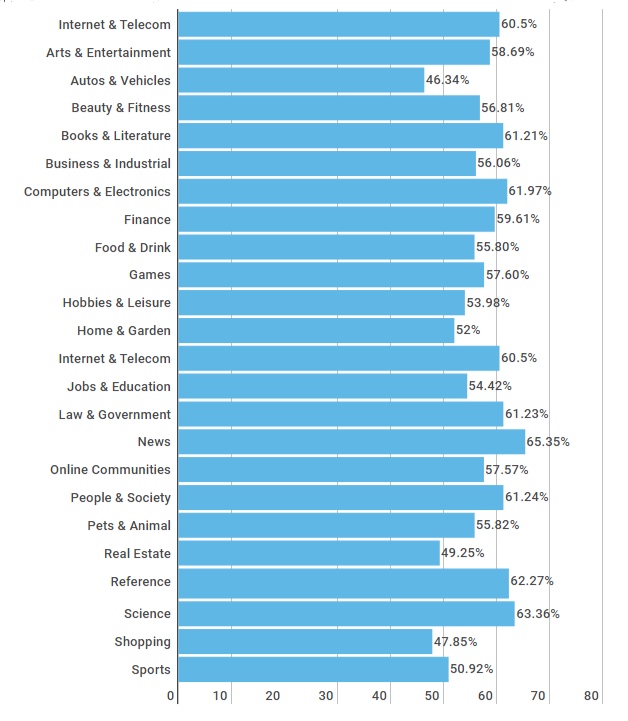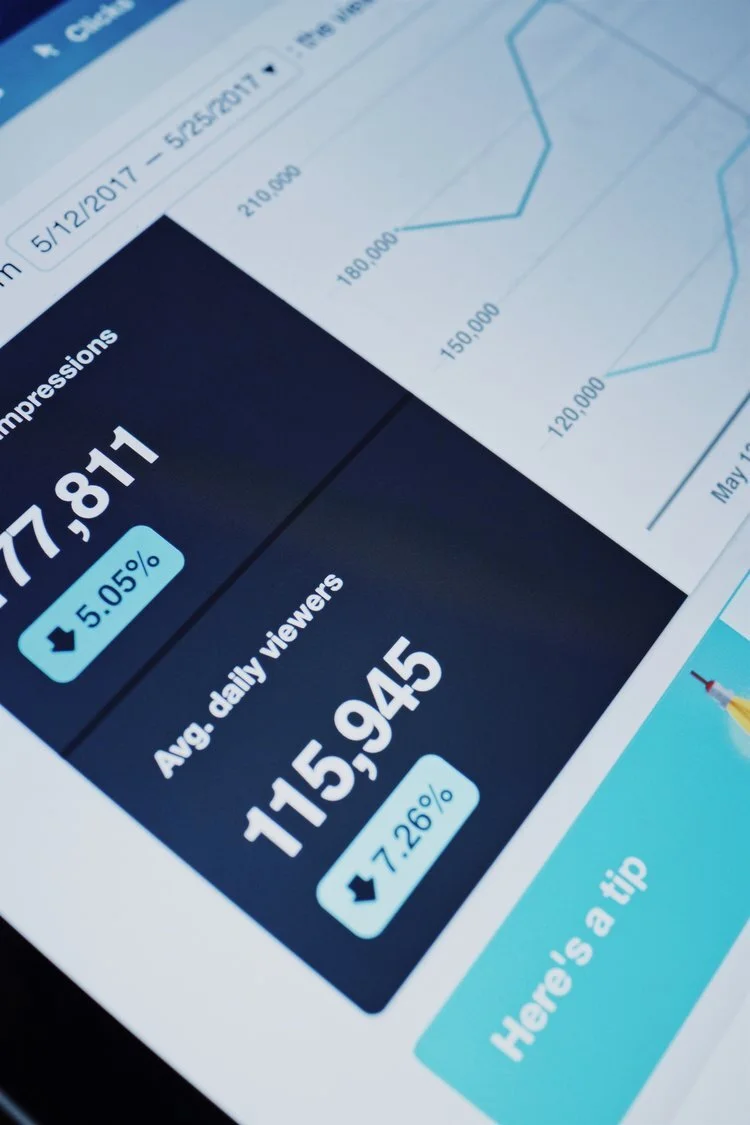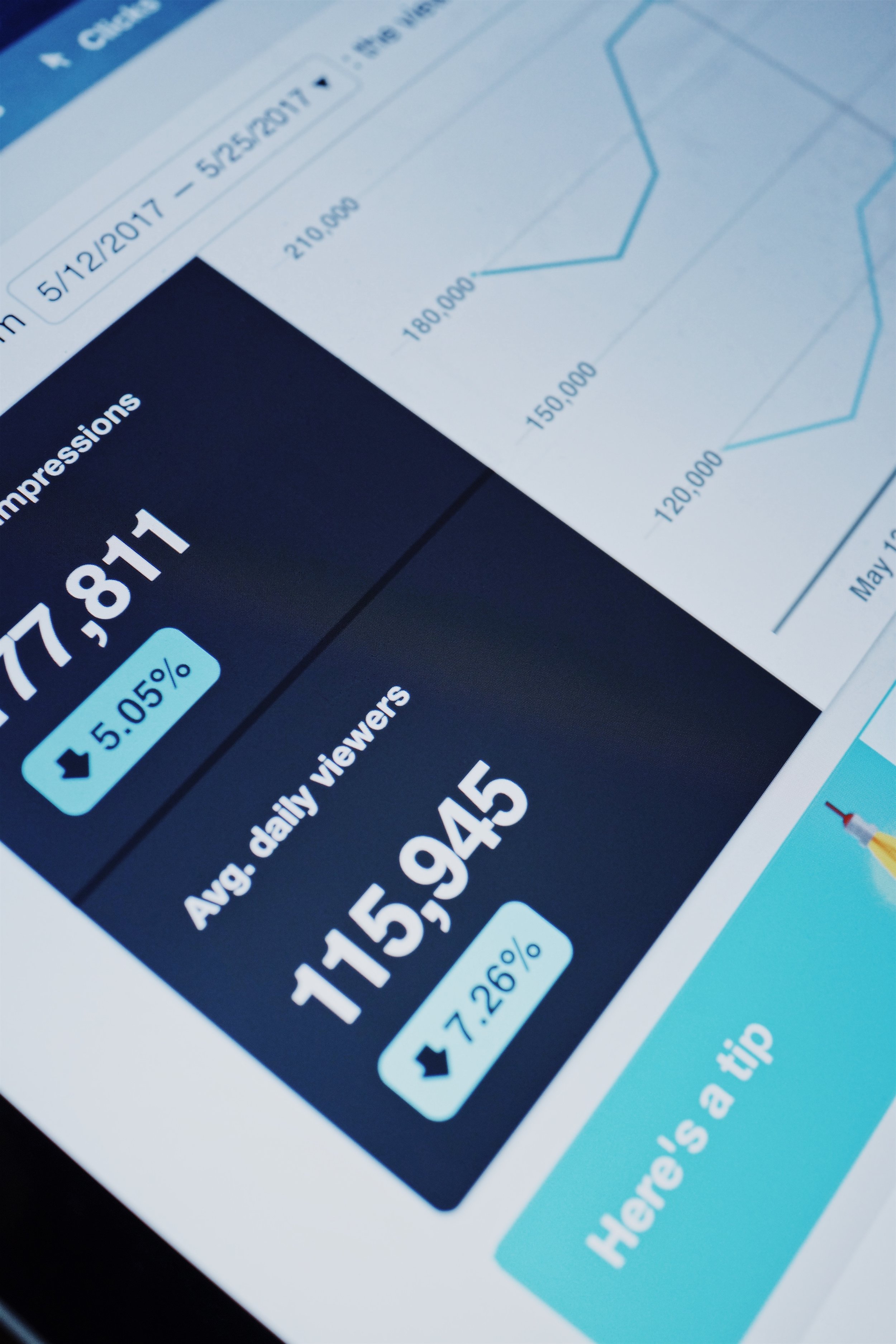Don’t let people say “peace” to your web page.
Your website traffic isn’t quite where you hoped it would be. You were way off last month’s email sign-up target. Your conversion rates are looking a little lackluster. And your blogroll of posts just isn’t getting read. Sound familiar?
When numbers aren’t being met most people jump straight to loading more money into PPC or churning out an extra email campaign a week. But have you ever tried putting the spotlight on your bounce rate?
Get this metric right and you’ll set yourself up for the ultimate business journey: more traffic > more conversions > more money. Get it wrong though, and you may as well just point your visitors to your competitor’s site.
What does bounce rate mean?
The term bounce rate refers to the number of people who enter your site - either from Google, a social media ad, email campaign or otherwise, and exit before exploring any of your website’s other content.
For example, someone types “real estate advice Greensboro” into Google. They land on a blog about house-hunting tips. After they’ve finished reading it, they hit the back button or close out of the browser without clicking through to any others pages. They’ve ‘bounced’ right back out.
Now you know what it is, to help you keep your bounce rate low and conversions high, we’ll be looking at:
How it’s calculated
How to find it
Analyzing your data
What a high and low bounce rate means
How to improve your numbers
Tracking your progress
So, let’s get started.
How is bounce rate calculated?
The formula’s simple: the number of one-page visits on your site divided by the total number of visitors.
For Example: Yesterday, 2,000 people landed on your website’s homepage. Of those visitors, 700 left without interacting with any other of your site’s pages. Your homepage’s bounce rate would be 35%.
How to find your bounce rate
You can quickly and easily access the bounce rate of any or all of your site’s page on Google Analytics. Here’s how:
Sign-in to your account and select the site you want to look at.
From the homepage, you’ll see your site-wide bounce rate straight away:
3. To delve deeper and see your bounce rate for individual pages, head to the menu down the left of the screen and go to Behavior > Site Content > All Pages / Content Drilldown / Landing Pages. Once you’ve done that, you should see a screen a bit like this:
More insights: 7 other metrics you should be looking at and the ultimate Google Analytics guide.
Within here you can start to get specific and fiddle with things like the date range, acquisition type, URLs, device, browser, location, gender, age, and more.
For a really detailed look at all the ways you can slice up your data, check out this in-depth guide.
Diving into the stats
Numbers are only the start of what you need to know — once you’ve located your bounce rate data, you need to root around to discover some trends and see what is and isn’t working for you. When you’re investigating your page numbers, ask yourself things like:
Does the time of day impact bounce rates?
Do certain sections of the site receive higher bounce rates than others?
Does social media traffic receive higher bounce rates than organic?
Are there any on-page patterns across low-performing pages?
After you’ve armed yourself with this type of intel you’ll be ready to start putting plans in place to boost your numbers - but we’ll talk about that in more detail a little later on.
What does a high or low bounce rate mean?
What constitutes a ‘good’ bounce rate varies from industry-to-industry and site-to-site. Here’s a rough guideline of what’s accepted as the norm though:
Type of website: Benchmark average bounce rate %
Content websites: 40 - 60%
Lead Generation: 30 - 50%
Blogs: 70 - 98%
Retail Sites: 20 - 40%
Service Sites: 10 - 30%
Landing Pages: 70 - 90%
And here are some figures by industry:
High bounce rates
Generally speaking, high bounce rates aren’t great. Think about it, if you were consumed by something you’d seen or read on someone’s site, you’d probably poke your nose around a few more pages, right? Well, that should be the aim of every single page of your site, and a high bounce rate could be a sign you’re not delivering.
If you’re not sure where to start looking, here are a few things that could be contributing to your numbers:
Slow page load times - according to research, a two-second delay can equate to a 100%+ increase in bounce rate.
You’ve provided the visitor with everything they could possibly want and need on that one page alone. To see if this is likely to be true, check out the ‘Average time on page’ stats.
If visitors have spent a decent amount of time on the page (say a couple of minutes) then they probably did spend the time needed to digest everything and get what they need. If it’s low though, say 10 - 15 seconds, they probably didn’t get past the first paragraph.Luring people in with misleading title tags and/or meta descriptions and not giving them what they’re actually looking for.
Technical errors. If a visitor lands on a 404 page, for example, there’s not much encouraging them to stick around.
If the content on your page(s) is weak people will bounce straight back out and look for a stronger alternative - which is why quality is so important.
Poor user experiences (UX) can also be a deterrent. Whether you’re bombarding visitors with adverts, pop-up surveys, and/or subscription options, or your navigation set-up isn’t intuitive, both will make it harder to keep people on your site.
Low bounce rates
While low bounce rates on the whole are a good indicator your page(s) are performing well, if it’s suspiciously low (say 10%) it could be a sign there’s a technical error - usually, duplicate analytic codes are the cause.
What are duplicate analytic codes?
Basically, this just means you have two sets of the same code on your site which results in two page view requests. The effect is Google Analytics then thinks two separate actions took place, disqualifying it from being called a bounce.
Of course, you should celebrate successes and take credit where credit’s due, but just remember, if something looks too good to be true, it usually is.
How to improve your bounce rate
If you’ve identified a site-wide or specific-page problem with your bounce rate, here are 10 tips to give it a nudge in the right direction.
Make your content more readable by looking at things like your font, paragraphs, and quantity of text.
Don’t bombard people with interstitials. They’re irritating.
Make your next desired action glaringly obvious. If visitors can’t see your call-to-action, they’re unlikely to click it.
Take a look at your design and branding. If your site looks naff, people might assume your brand’s naff.
Target the right keywords and write compelling - and accurate - meta descriptions. If you’re enticing the wrong type of organic traffic to your site, it’ll instantly impact your bounce rate.
Revisit your email, social, referral etc. databases, and make sure you’re attracting the right visitors. You can have the best website in the world, but if you’re not reaching your target market it won’t work.
Take whatever steps are required to reduce your page load speed; people don’t have time to sit around and wait.
Make sure every single element of your website oozes quality. If it’s not adding value, get rid of it.
Set any external links to open in new windows to minimize the risk of visitors not returning to your content.
Invest in a mobile-friendly site. Desktop versions can be a pain in the ass to navigate around on mobile, and that’s a one-way ticket to losing visitors.
Introduce relevant landing pages that target high volume keywords. According to a study by HubSpot, companies with 40+ landing pages earn 12x more leads than those with five or less.
Track your progress
Last but by no means least, don’t forget to track and analyze any changes you make. This will help you further hone in on what does and doesn’t work – then you can harness what you learn to improve other pages of your site.
To keep your analysis orderly, it might be worth setting up a spreadsheet and recording things like:
The URL of the page(s) you’re working on
Bounce rates before any on or off-page modifications
The date any changes were made
What changes were made
The bounce rate after your tweaks - just make sure you leave yourself a meaningful amount of time to get a true picture of whether or not it’s helped
Try not to get too caught up on industry averages either. When determining what success means for you, keep on top of peaks and troughs and focus on your trends over time.
Hue & Tone Creative: Marketing for Greensboro and Beyond
Need some support with your site’s bounce rate? We’ve got you covered from every angle. Get in touch with the team at (336) 365-8559 or hannah@hueandtonecreative.com to see how our design, content, and campaign services could help.









